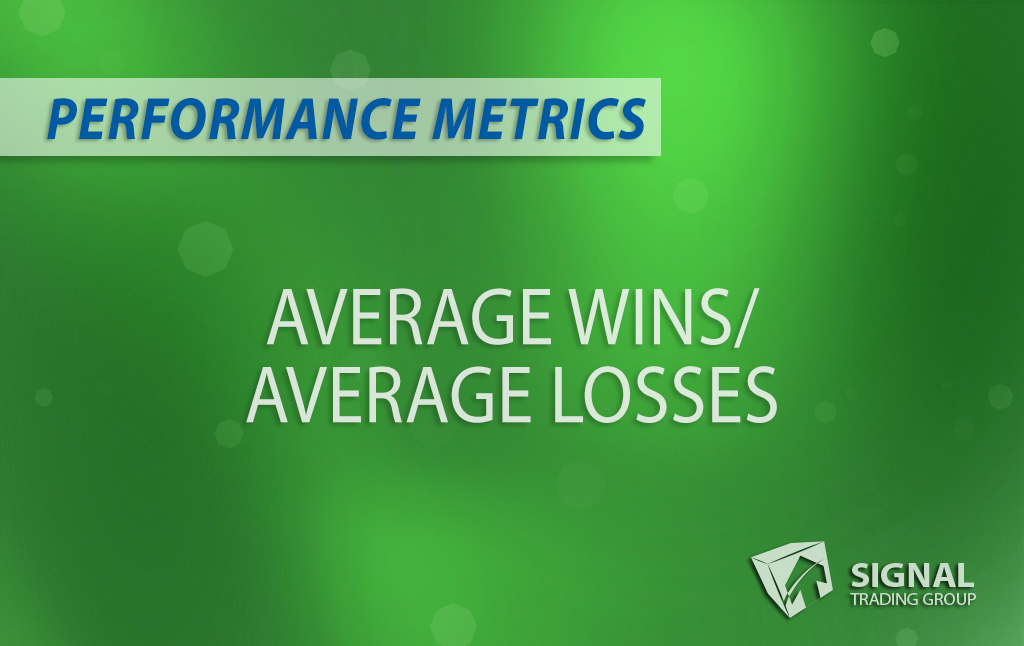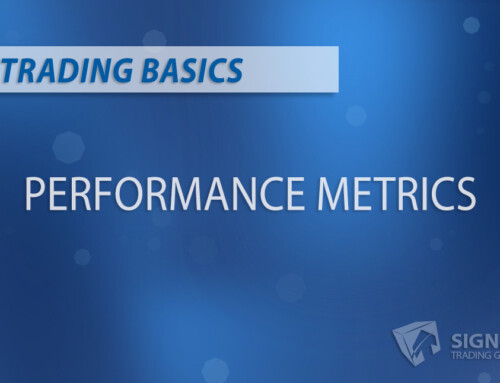The “Performance Metrics 101” blog series is geared towards providing traders with the essential evaluation tools they need to assess trading performance accurately. The goal is to provide a complete understanding of these tools, enabling traders to use them effectively.
Average Wins to Average Loss Ratio (AWAL)
The Average Wins to Average Loss Ratio (AWAL) is a very popular performance metric traders use to measure the effectiveness of their trading strategies. It is a simple and easily interpretable measure that calculates the relative success of winning trades compared to the relative size of losing trades. As a result, the AWAL ratio can help traders identify robust trading strategies and improve their overall decision-making process in the financial markets.
Calculation
Traders must determine the average size of their winning and losing trades to calculate the AWAL ratio. The basic formula for the AWAL ratio is:
AWAL = (Total profit from all winning trades / Number of winning trades) / (Total loss from all losing trades / Number of losing trades)
Applications and Benefits
Traders can use the AWAL ratio to gain insights into their trading performance and the effectiveness of their strategies. For example, a higher AWAL ratio indicates that the trader’s winning trades are larger than their losing trades, which means that their investment style and risk management are effective.
For example, suppose a trader’s AWAL ratio after a certain period is 2. In that case, the average size of their winning trades is twice that of their losing trades, which is a positive indication of their trading performance.
AWAL has been used in various market scenarios, such as trend-following strategies, swing trading, and options trading. The metric has helped traders identify strategies that work well in specific market conditions, enabling them to make better decisions and manage risk more effectively.
Comparison to Other Metrics and Limitations
While the AWAL ratio is a valuable performance metric, it is essential to consider it alongside other performance measures, such as the overall win rate (the percentage of winning trades) and risk-adjusted return (which assumes both the return and risk associated with a particular strategy).
One limitation of the AWAL ratio is that it does not give any information about the frequency of winning and losing trades. For example, a high AWAL ratio might result from only a few large winning trades but many smaller losing trades, which could indicate an inconsistent and risky trading strategy.
Additionally, the AWAL ratio does not account for the volatility in the market. Therefore, a strategy with a high AWAL may perform poorly in adverse market conditions or when trading in more volatile markets.
Conclusion
The Average Wins to Average Loss Ratio (AWAL) is a valuable performance metric for traders, offering insights into the effectiveness of their trading strategies concerning the size of winning and losing trades. However, it is vital to consider AWAL as only one metric among others when evaluating trading performance and to be mindful of its limitations. Traders should always use a combination of performance metrics to comprehensively understand their strategies and make informed decisions in the financial markets.





